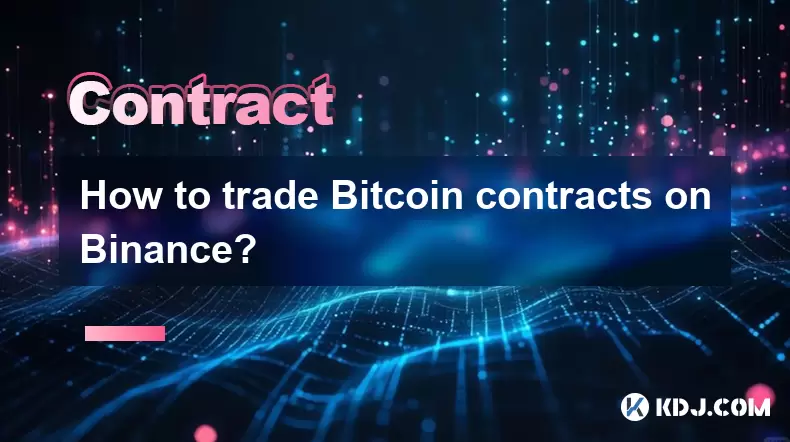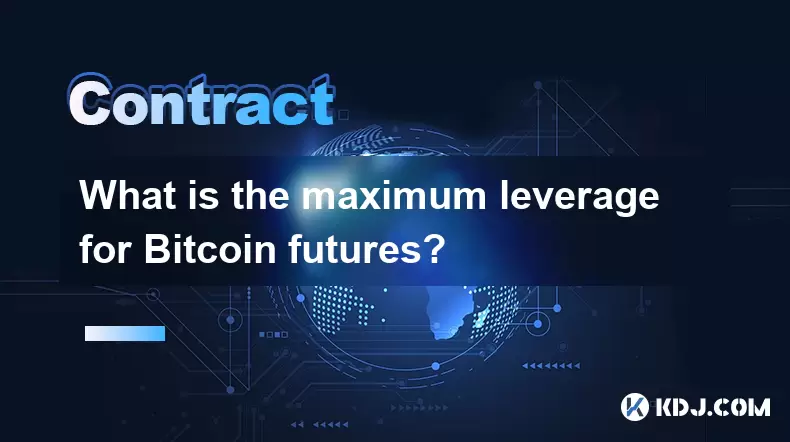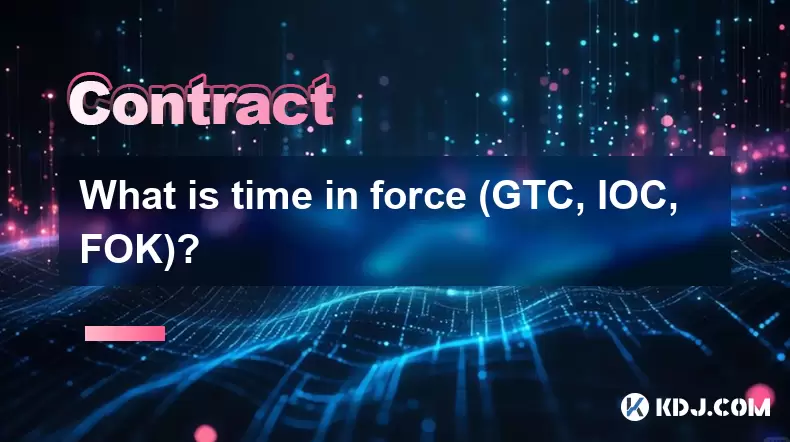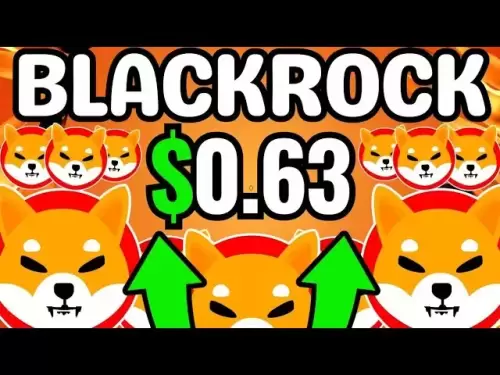-
 Bitcoin
Bitcoin $118000
-0.23% -
 Ethereum
Ethereum $3651
1.66% -
 XRP
XRP $3.423
-1.58% -
 Tether USDt
Tether USDt $1.001
-0.02% -
 BNB
BNB $742.8
0.69% -
 Solana
Solana $177.8
0.30% -
 USDC
USDC $0.9999
0.01% -
 Dogecoin
Dogecoin $0.2539
0.03% -
 TRON
TRON $0.3199
-1.74% -
 Cardano
Cardano $0.8382
0.59% -
 Hyperliquid
Hyperliquid $44.83
0.05% -
 Stellar
Stellar $0.4602
-1.49% -
 Sui
Sui $3.850
0.58% -
 Chainlink
Chainlink $18.62
2.56% -
 Hedera
Hedera $0.2681
0.97% -
 Avalanche
Avalanche $24.63
3.07% -
 Bitcoin Cash
Bitcoin Cash $522.5
0.96% -
 Shiba Inu
Shiba Inu $0.00001507
-0.80% -
 Litecoin
Litecoin $113.6
9.75% -
 UNUS SED LEO
UNUS SED LEO $8.994
0.24% -
 Toncoin
Toncoin $3.197
-0.43% -
 Polkadot
Polkadot $4.361
1.13% -
 Uniswap
Uniswap $10.45
1.41% -
 Monero
Monero $327.5
0.65% -
 Ethena USDe
Ethena USDe $1.001
-0.03% -
 Bitget Token
Bitget Token $4.992
-1.12% -
 Pepe
Pepe $0.00001355
0.67% -
 Dai
Dai $1.000
0.01% -
 Aave
Aave $322.6
0.15% -
 Bittensor
Bittensor $415.5
0.88%
How to trade Bitcoin contracts on Binance?
Learn how to trade Bitcoin futures on Binance with leverage, margin modes, and risk management tools.
Jul 13, 2025 at 10:36 pm

Understanding Bitcoin Contracts on Binance
Bitcoin contracts are a type of futures contract that allows traders to speculate on the price movement of Bitcoin without owning the actual asset. On Binance, one of the world's largest cryptocurrency exchanges, users can trade Bitcoin perpetual futures contracts with leverage. These contracts have no expiration date and are settled in USDT or BUSD, making them accessible to a wide range of traders.
Before diving into trading, it is essential to understand the key components such as leverage, margin, liquidation price, and funding rates. Each of these elements plays a critical role in managing risk and maximizing potential profits. Traders must also be aware of the mark price mechanism, which helps prevent unnecessary liquidations due to extreme market volatility.
Setting Up Your Binance Futures Account
To begin trading Bitcoin contracts on Binance, you need to activate your Futures account. This requires completing identity verification (KYC) if you haven’t already done so. Once verified, follow these steps:
- Log in to your Binance account
- Navigate to the Futures section from the top menu
- Click on Enable Futures Trading
- Confirm your email and mobile number
After activating the Futures account, you will have access to the TradingView-based interface, where you can view real-time charts, place orders, and monitor your open positions. It’s important to transfer funds from your Spot Wallet to your Futures Wallet before placing any trades.
Selecting the Right Contract and Leverage
Once your Futures account is active, the next step is choosing the correct contract pair and setting your leverage. The most commonly traded Bitcoin contract on Binance is BTC/USDT. Here’s how to proceed:
- Go to the Futures Trading Page
- Look for the BTC/USDT perpetual contract
- Choose between isolated margin and cross margin mode
- Isolated margin limits risk to the amount allocated per position
- Cross margin uses your entire wallet balance as collateral
- Set your desired leverage level, typically ranging from 1x to 125x
Choosing the right leverage is crucial because higher leverage increases both profit potential and the risk of liquidation. Beginners are advised to start with lower leverage (e.g., 5x–10x) until they become more familiar with futures trading dynamics.
Placing a Bitcoin Futures Trade
With your settings configured, you’re ready to place a trade. Suppose you believe Bitcoin’s price will rise — you would open a long position. If you expect a drop, you would go short. Below are the steps to place an order:
- Decide whether to buy (long) or sell (short)
- Enter the quantity of Bitcoin you wish to trade
- Choose the order type: Market, Limit, Stop-Limit, or Take-Profit
- Review your liquidation price displayed below the order box
- Confirm and click Place Order
It’s important to set stop-loss and take-profit levels to manage risk effectively. These tools help automate exits at predefined price points, reducing emotional decision-making during volatile market conditions.
Monitoring and Managing Open Positions
After opening a position, constant monitoring is necessary due to the dynamic nature of futures markets. Binance provides several tools to help track performance:
- View all open orders and positions under the “Positions” tab
- Check realized and unrealized PnL (Profit and Loss)
- Adjust stop-loss or take-profit levels manually
- Use margin adjustment to increase or decrease collateral
Traders should also pay attention to funding rates, which are applied every 8 hours. If you hold a position past the funding time, you’ll either pay or receive funding, depending on the market trend and interest rate differential.
Frequently Asked Questions (FAQs)
Q: Can I trade Bitcoin contracts on Binance without KYC?
A: No, you must complete identity verification (KYC) to enable Futures trading on Binance. This is required by regulatory compliance standards.
Q: What is the difference between isolated and cross margin in futures trading?
A: Isolated margin restricts risk to the allocated margin for each position, while cross margin uses your total account balance as collateral, potentially reducing the chance of liquidation but increasing overall exposure.
Q: How often are funding fees charged on Bitcoin perpetual contracts?
A: Funding fees are applied every 8 hours at 00:00 UTC, 08:00 UTC, and 16:00 UTC. If you close your position before these times, you won’t be charged.
Q: What happens when my position gets liquidated?
A: When your account equity falls below the maintenance margin requirement, Binance automatically closes your position to prevent further losses. A liquidation fee may also be applied based on the contract type.
Disclaimer:info@kdj.com
The information provided is not trading advice. kdj.com does not assume any responsibility for any investments made based on the information provided in this article. Cryptocurrencies are highly volatile and it is highly recommended that you invest with caution after thorough research!
If you believe that the content used on this website infringes your copyright, please contact us immediately (info@kdj.com) and we will delete it promptly.
- Coin Collecting, Steinbach Teen, and the Passion for Knowledge: A Numismatic Journey
- 2025-07-20 18:30:12
- Presale Tokens: Last Call for Mutuum Finance & Navigating the Final Entry
- 2025-07-20 18:35:12
- Labubu Memecoin Mania: When Collectibles Craze Meets Cryptocurrency
- 2025-07-20 16:30:13
- Crypto Traders Pivot: Is BlockchainFX the New PEPE, BONK, or Dogecoin?
- 2025-07-20 17:15:12
- Bitcoin Downturn Strategy: Navigating the Crypto Storm
- 2025-07-20 14:30:12
- Floki's Technical Breakout: Ready to Pounce or About to Bounce?
- 2025-07-20 14:50:12
Related knowledge

What is a maker vs a taker fee?
Jul 19,2025 at 01:14am
Understanding the Basics of Cryptocurrency Exchange FeesIn the world of cryptocurrency trading, maker vs taker fees are a fundamental concept that eve...

How to analyze Bitcoin futures data from CME?
Jul 19,2025 at 05:22pm
Understanding Bitcoin Futures on CMEBitcoin futures on the CME Group (Chicago Mercantile Exchange) represent a regulated financial instrument that all...

How to understand the liquidation price?
Jul 19,2025 at 10:00pm
What Is a Liquidation Price in Cryptocurrency Trading?In the realm of cryptocurrency futures and margin trading, the liquidation price refers to the s...

What is the maximum leverage for Bitcoin futures?
Jul 20,2025 at 03:42pm
Understanding Leverage in Bitcoin FuturesLeverage in Bitcoin futures refers to the use of borrowed capital to increase the potential return on investm...

What is time in force (GTC, IOC, FOK)?
Jul 19,2025 at 08:57am
Understanding Time in Force in Cryptocurrency TradingIn the world of cryptocurrency trading, the Time in Force (TIF) is a crucial parameter that deter...

Best indicators for Bitcoin futures trading
Jul 20,2025 at 05:49pm
Understanding Bitcoin Futures TradingBitcoin futures trading involves entering into contracts to buy or sell Bitcoin at a predetermined price and date...

What is a maker vs a taker fee?
Jul 19,2025 at 01:14am
Understanding the Basics of Cryptocurrency Exchange FeesIn the world of cryptocurrency trading, maker vs taker fees are a fundamental concept that eve...

How to analyze Bitcoin futures data from CME?
Jul 19,2025 at 05:22pm
Understanding Bitcoin Futures on CMEBitcoin futures on the CME Group (Chicago Mercantile Exchange) represent a regulated financial instrument that all...

How to understand the liquidation price?
Jul 19,2025 at 10:00pm
What Is a Liquidation Price in Cryptocurrency Trading?In the realm of cryptocurrency futures and margin trading, the liquidation price refers to the s...

What is the maximum leverage for Bitcoin futures?
Jul 20,2025 at 03:42pm
Understanding Leverage in Bitcoin FuturesLeverage in Bitcoin futures refers to the use of borrowed capital to increase the potential return on investm...

What is time in force (GTC, IOC, FOK)?
Jul 19,2025 at 08:57am
Understanding Time in Force in Cryptocurrency TradingIn the world of cryptocurrency trading, the Time in Force (TIF) is a crucial parameter that deter...

Best indicators for Bitcoin futures trading
Jul 20,2025 at 05:49pm
Understanding Bitcoin Futures TradingBitcoin futures trading involves entering into contracts to buy or sell Bitcoin at a predetermined price and date...
See all articles

























































































